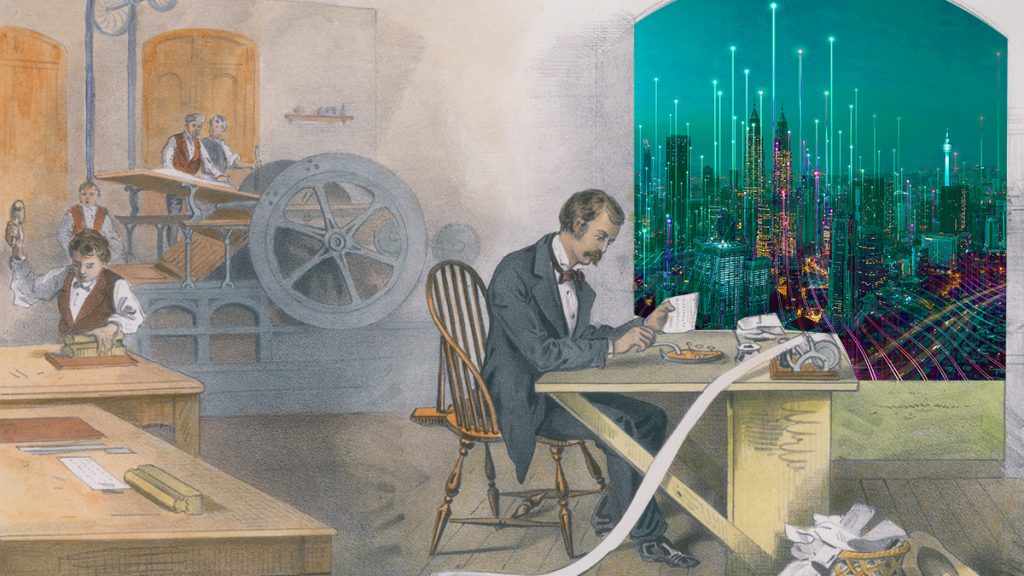
The destination is the 19th century, a time when technological progress was rapidly accelerating, and the world was changing at an unprecedented pace. From that belief, I can’t help but wonder, what did they think the future would hold? Did they predict the marvels of technology we have today, or did they have a completely different vision of the future?
As I arrive in the 19th century, I’m struck by the differences and similarities to the world I left behind. I see the hustle and bustle of people going about their daily lives, but the technology around me is vastly different. No smartphones, no internet, no cars, and no airplanes. Yet, I can sense a spark of curiosity and innovation that would eventually lead to the incredible technological advancements of the 21st century.
However, as I ponder the 19th century’s view of the future, I can’t help but ask myself, have we reached the peak of technological progress? Are we out of ideas? In reality, technology hasn’t slowed down, but humans have become more demanding of new technological developments.
Why We Ain’t Seen Nothing Yet?
In the 19th century, many imagined that by the 21st century, humans would have accomplished feats that were nothing short of miraculous. They predicted flying cars, human colonies on the moon, and even time travel. Some of these predictions have come to fruition, while others remain elusive dreams. However, one thing is clear: the rate of technological advancement has far exceeded what anyone could have imagined in the 19th century.
Despite this progress, some argue that technological development has slowed down in recent years. They claim that all the low-hanging fruit has been picked, and there are no more groundbreakings from anywhere in the world. However, today’s smartphones are exponent innovations left to discover. However, this belief is an illusion. Technological progress has not slowed down. Rather, humans have become more demanding of new technological developments.
Consider the example of smartphones. In the early 2000s, the first smartphones were revolutionary. They enabled seamless connection to the internet, send emails, and make video calls more powerful than their earlier counterparts. They have facial recognition technology, augmented reality capabilities, and even the ability to control our homes remotely. The same can be said for many other technological advancements, from self-driving cars to artificial intelligence (AI).
The reality is that we have barely scratched the surface of what is possible with technology. There are countless innovations waiting to be discovered and developed, from nanotechnology to quantum computing. However, the key to unlocking these innovations is to rethink how we approach technological development.
Traditionally, technological progress has been driven by individual inventors and companies seeking to create something new. However, the future of innovation lies in collaboration and co-creation. By working together, we can combine our knowledge and resources to develop solutions that are more effective and sustainable.
Final Thoughts
The 19th century got some things right about technological innovation, but it also got some things wrong. While we may not have flying cars or time travel yet, the rate of technological advancement has far exceeded what anyone could have imagined. The illusion of a technological plateau is just that, an illusion. We have every reason to suspect that we haven’t seen anything yet. By rethinking how innovation happens and focusing on collaboration and co-creation, we can unlock a future of endless possibilities.
Inside Telecom provides you with an extensive list of content covering all aspects of the tech industry. Keep an eye on our Tech sections to stay informed and up-to-date with our daily articles.